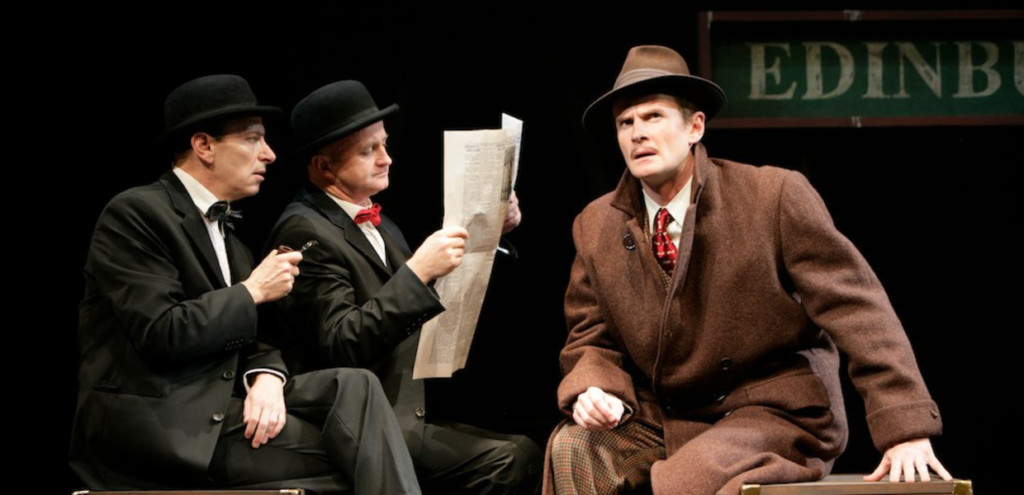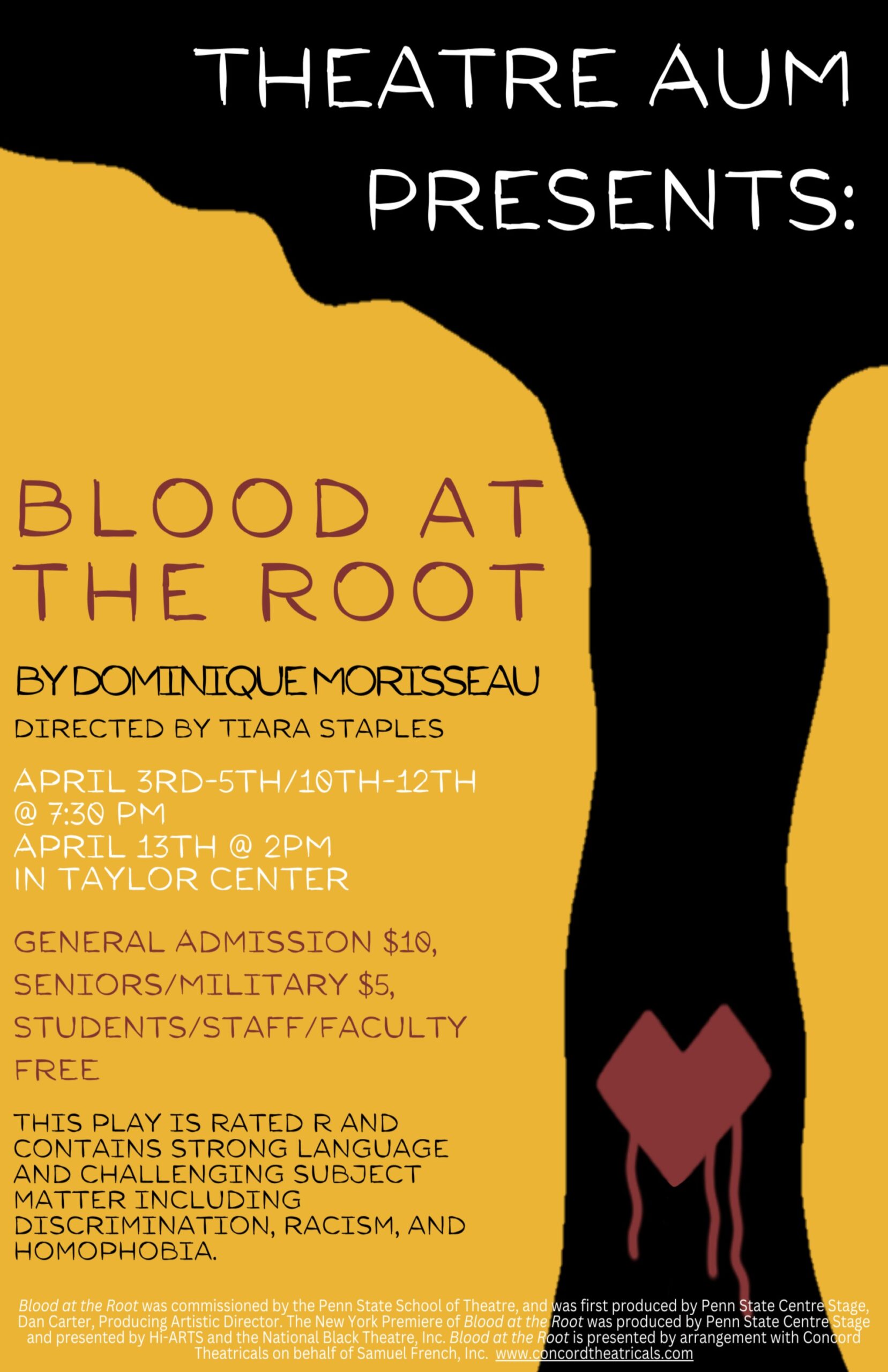“Have you ever heard of the thirty-nine steps?” Anabella said. “What’s that? A pub?” Hannay said.
If like Hannay you think “The 39 Steps” is a pub, then, you obviously missed the delightful tale of murder, espionage and comedy that played at Montgomery’s Cloverdale Playhouse in February. As a first-time audience member, I found the playhouse’s charming, comical production of John Barlow’s award-winning adaptation to be a warm introduction to Montgomery community theater.
The play is based on John Buchan 1916’s novel and was introduced to the stage in 2006. Since then, it has been played in many theater stages across the country and deemed as “absurdly enjoyable” by The New York Times. But you don’t have to be a theater buff or a reader of early 1900s literature to have heard of this title. Before hitting the stage, “The 39 Steps” came to life on the screen, as one of Alfred Hitchcock’s earliest thrillers and a stepping stone for his future as an iconic director. As a personal judgement of the audience’s reaction on closing night, director Sarah Walker Thornton enjoyed similar success with her rendition.
If asked to describe an ideal theater, most people would think of a large auditorium-like room complete with a large, elevated stage and dark cushioned fold-down seats with arm rests you hope you don’t have to share with your neighbor. In comparison, The Cloverdale Playhouse’s sparsely cushioned church pews and small stage is quaint and seemingly uninspiring. But allowing this little theater’s appearance to sway your attendance would be a mistake. This production of “The 39 Steps” serve as testimony to that.
The Cloverdale Playhouse and its actors compiled talent and resources to create a play and experience that was truly enjoyable. The playhouse’s cast, composed of four seasoned, volunteer actors, brought energy and enjoyment to this tried-and-true script. The lead, Richard Hannay, was played by Tate Pollock. The major female roles, Annabella, Margaret and Pamela, were played by Sarah Adkins. The remaining roles and clown #1 and clown #2 were played by Shane Murphy and Cushing Phillips II.
The action is set in 1935. War is looming and national security is everything. Richard Hannay, fresh back to London, is lonely, bored and tired of everything. His friends have moved on, and nothing can bring him comfort. In an effort to rescue himself and bring some amusement back into his life, Hannay decides to treat himself to a night out at a music hall. But, instead of an amusing night filled with facts from performer Mr. Memory, he meets an armed woman who changes his life. The woman, later revealed to be Anabella Schmidt, a freelance spy, “involves” him in her quest to keep something called “the 39 steps” from leaving the country; before she can do it, she is murdered. Hannay soon realizes excitement is not be all it’s cracked up to be, finding himself running from London to Scotland and back with a target on his back. He can’t go to the police, because they want him for murder, and the henchmen that killed Annabella want him dead. And, his problems only get worse when he meets a man missing the top joint of his pinky finger. In the end, Hannay is outnumbered and alone in the race to clear his name, but he has no intention of giving up.
Loyal to the 2006 script, Murphy and Phillips were very busy playing many of these assisting roles, in disguise of course. But, with Thornton’s rendition calling for minimal prop usage, the disguises largely consisted on a small prop and/or a new accent. People in the audience did not seem to mind using their imagination, cheerfully laughing at cleverly inserted humor and over exaggerations that replaced props and backgrounds. However, in some scenes, the changes in pace, and seemingly instantaneous changes in vocal quality resulted in the audience missing inter-character relationships and dialogue. It became more noticeable at the end of the play, as the action began to climax. In one scene, Murphy and Phillips had to, simultaneously, act out three characters in one conversation: the innkeeper, his wife and one of the clowns. In the effort to continue the natural pacing of conversation, the dialogue and relationship between the three characters was lost. Had I not read Buchan’s novel and watched Hitchcock’s film, it would have escaped me entirely.
But minimal stage props and character changes took a back seat to the unfaltering energy and charisma provided by the actors. Their consistent energy made the play’s shortcomings less of a burden, and every attempt to daydream was meant with a new, unexpected development: prompts for applause, fog on the moors, a rousing political speech, or an amusing lovers’ spat.
The Cloverdale Playhouse did not let The New York Times down. This charming little play was “absurdly enjoyable,” with equally praiseworthy acting and directing. It might have even made Hitchcock chuckle a bit.
So, my advice is if you ever get as bored as Hannay or just in the mood for a little excitement, a show or even an acting class at Montgomery’s Cloverdale Playhouse should do the trick!
By Saporsha Riley




